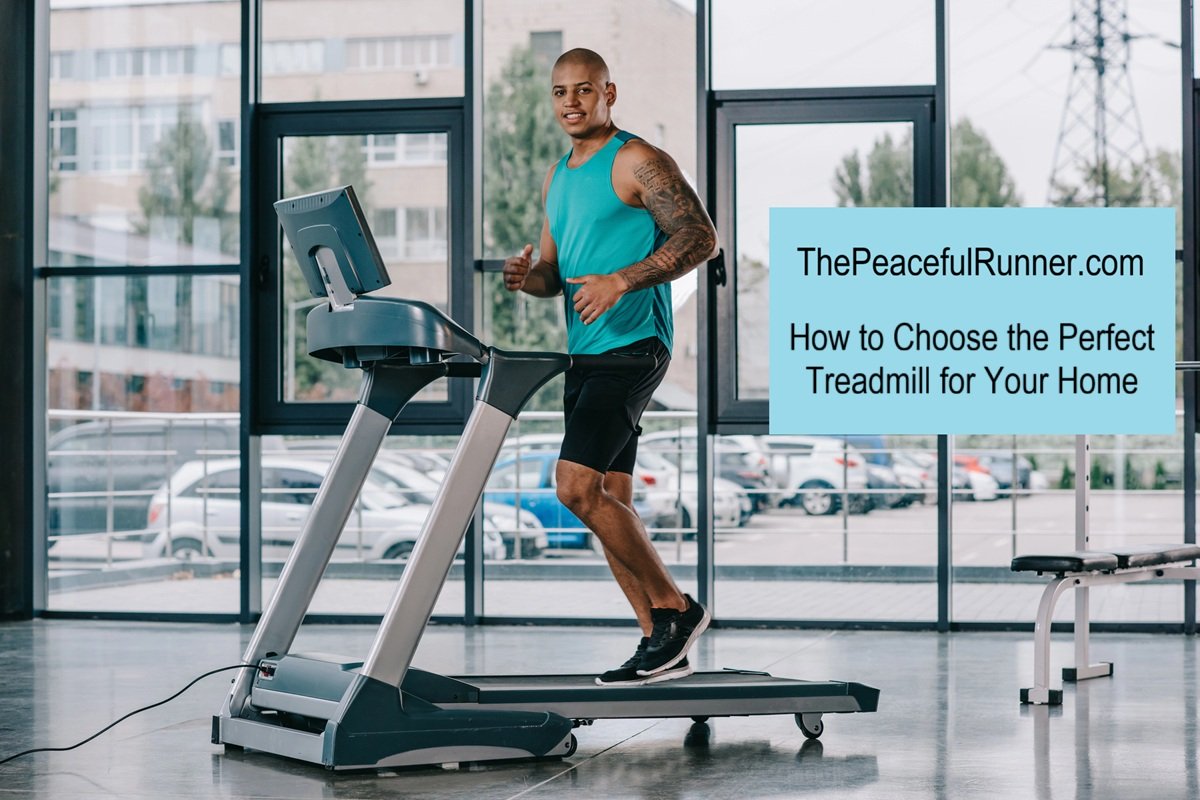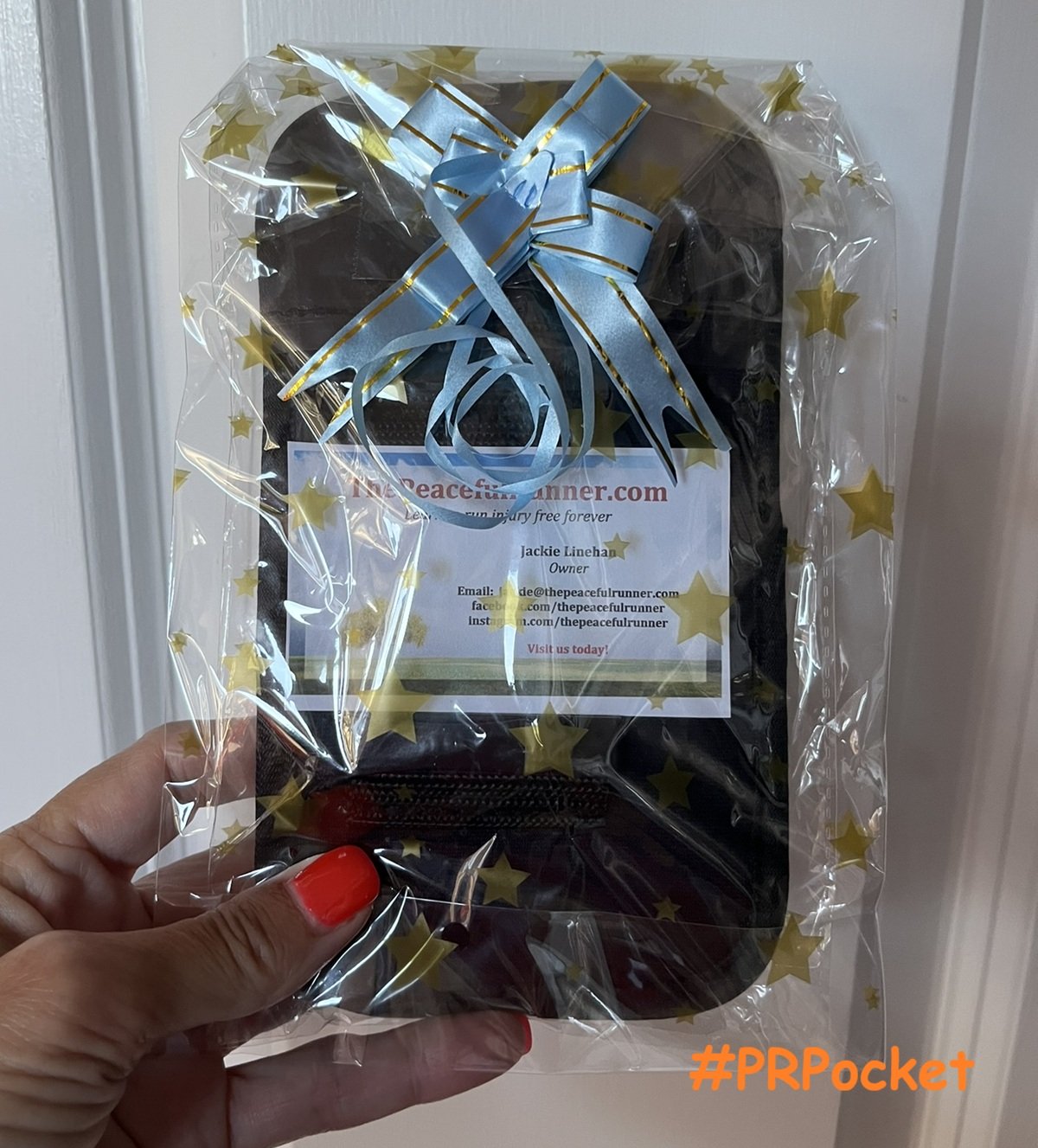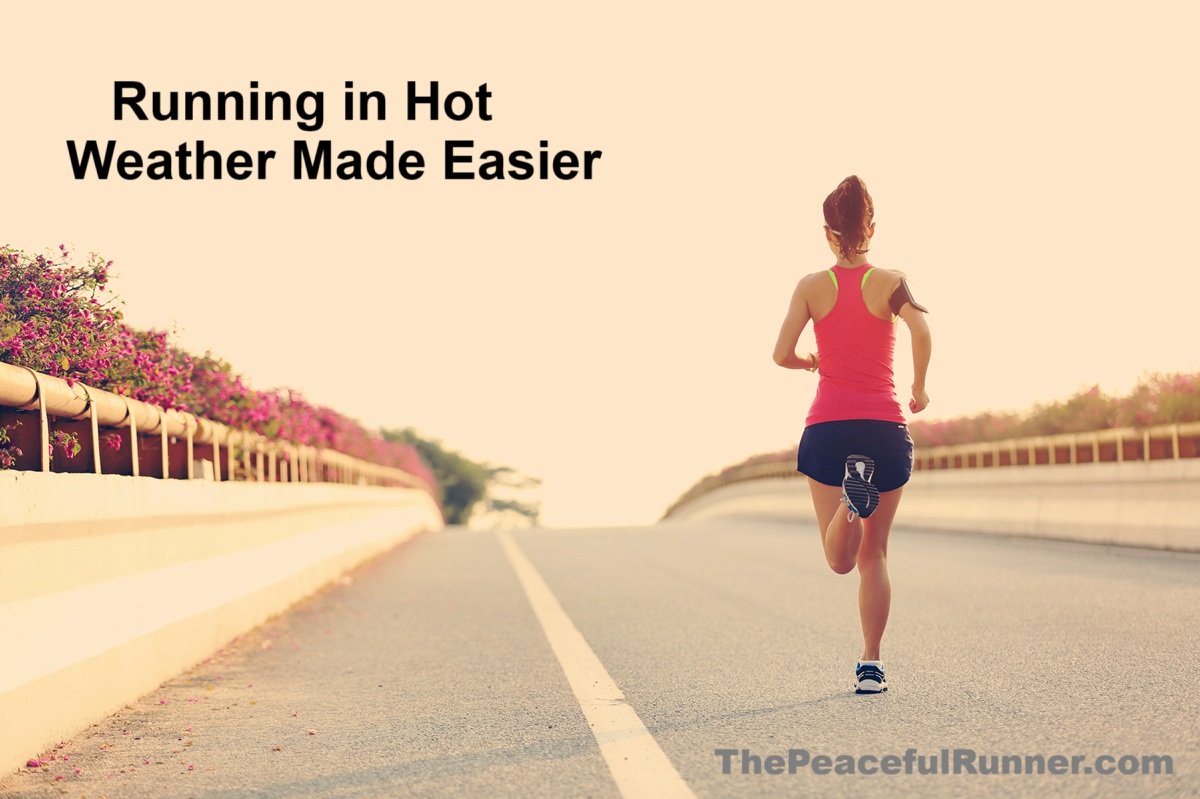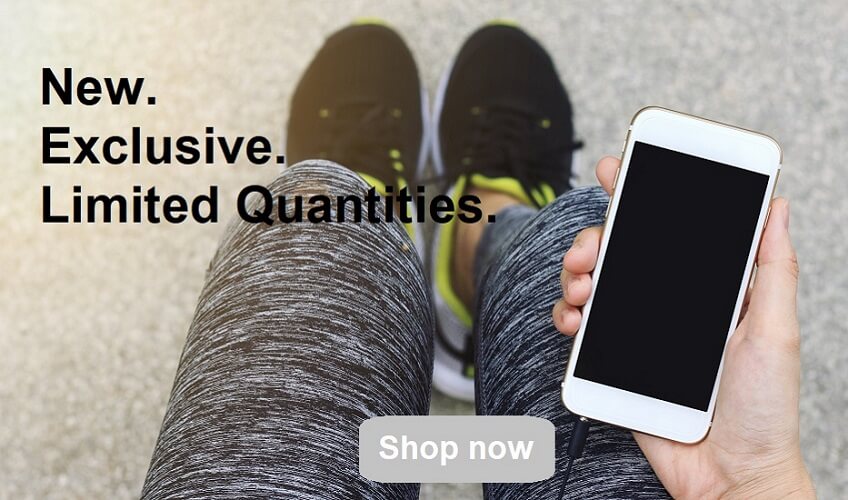- Home
- Winter Running
- Running in the Snow
6 Tips for Running in the Snow
FTC Disclosure: As an Amazon Associate, I earn from qualifying purchases. Learn more
Running in the snow and ice can be a bit daunting especially if it's a new experience for you. Occasionally, England has to contend with colder than usual temperatures and snowy, icy slippery conditions. Being from Canada, I have lots of experience running in these conditions so I take advantage of the opportunity for a cold, snowy run whenever possible. If you are a new runner or are new to running in the snow, these tips will help you feel safer and more confident about running in the snow and overcome the fear of falling.
I love running in the snow. It feels cool and crisp and is so picturesque on a sunny day. There is something so invigorating about running when it's really cold. You can hear the crunch of snow underfoot, sometimes you can see your breath and because you don't feel cold, you can really enjoy the whole experience! If you are lucky enough to be running in the snow when the sun is shining, you can capture some incredible images to share with your friends on Instagram or Facebook!
Tips for Running in the Snow
1. Dress Appropriately
You want to be warm but not too warm. You will become warmer as you start to run. Wear lots of light layers but don't overdress as it can cause excessive sweating. Feeling slightly cold as you start running is a good indication that you have chosen wisely. I love to wear a wool base layer in cold temperatures. Wool has the added advantage of keeping us warmer for longer even if it gets wet.
2. Wear Suitable Running Shoes
When running in icy and snowy conditions, it is essential to wear shoes with lots of tread to grab onto what's underneath. Trail running shoes are a good choice or if you run in the snow regularly, a pair of winter running shoes would make a good investment. They are warmer and are made for running in slippery conditions.
Some runners like to run with Yak Trax strapped to their running shoes. I have not tried them personally but from watching others run in them, they do provide good traction on snow and ice.
As I like to run in minimalist or barefoot running shoes, which are not as warm as traditional running shoes, I like to wear a cozy pair of wool socks or Smartwool socks to keep my feet warm. Because I rarely have the opportunity to run in snow now, I bought a pair of cheap barefoot trail shoes and they have worked well for me in the snow.
3. Slow Down
As they say in the safe driving adverts, "Snow means slow!" When there is snow and possibly ice underfoot, you need to slow down and be mindful of the surface that's ahead of you. Conditions change very quickly and you will experience varying degrees of snow and ice even within a short distance. Areas that are shaded will be colder and stay icy longer than sections in the sun. One side of the street may be snow covered and the other side clear. Some sidewalks/pavements may be treated with salt or sand and they will be less slippery, but don't assume that all areas are. So when the conditions underfoot are uncertain, it is best to run slowly, be mindful of your environment and just enjoy the experience. There will be lots of opportunities for speed training on warmer days!
4. Be Careful on Corners
Similar to driving, slow down when making a turn. Rounding a corner is when a slip can happen very easily. Our body is moving forward and has gained momentum. Naturally it wants to continue in the same direction. Trying to make a sudden change of direction when it is slippery is a recipe for disaster. Slow down and make that turn safely.
5. Keep Your Body Relaxed
It is important to keep your body relaxed when running on ice and snow. If you are relaxed and you do slip, you will not hurt yourself to the same degree as if you are tense and nervous. Being relaxed will also help you become more confident and as you become more confident, you will become more relaxed. These qualities work in unison—each one strengthens the other.
Use these essential qualities to help you safely and fully enjoy running in the snow. Read more about: How to Relax While Running
6. How to Run on Ice
You can learn how to run on ice and improve your running form at the same time. If you land on your heel with your foot out in front of your center of gravity, you are increasing your risk of falling on the ice as you are not giving yourself a secure and stable landing. However, if you land on your forefoot or midfoot under your center of gravity, you will have a solid, secure landing and are greatly reducing your risk of slipping on the ice. You will feel safer and more confident.
The following short video shows that it is possible to run on ice. The video is promoting the Pose Method, but it is not necessary to make learning this skill complicated. However, how your foot lands in relation to your body is what's most important here.

Chances are you won't be running on ice during the full duration of your run, but when you do, you want to aware that it's there. Conditions are often varied and ice and slippery spots can suddenly appear right in front of you. This is why we must stay fully focused and mindful of our running surface. It is easy to let our mind wander while running, so we must keep bringing our focus back to what's just ahead.
Some runners are fearful of running in the snow because they have a fear of falling. Learning to run on ice will help you feel more positive about running in these conditions and overcome the fear of falling.
Sign up for our newsletter to receive a free copy of the Running Form Template.
Running in the cold and snow can be so refreshing. It is a great winter sport and probably the least costly! However, it requires us to stay alert, develop essential skills and most importantly to use common sense.
Take good care of yourselves everyone and have a safe and enjoyable winter of running.
Read more about the benefits of winter running in these posts:
Back to top of Running in the Snow
- Home
- Winter Running
- Running in the Snow
FTC Disclosure: As an Amazon Associate, I earn from qualifying purchases. Learn more
NEW FEATURE - DISQUS COMMENTS!
Login using Facebook, Twitter, Google or Disqus.
Recent Articles
-
Have you ever had a run where everything suddenly felt effortless?
Dec 18, 25 11:01 AM
-
How to Choose the Best Treadmill for Your Home
Dec 10, 25 07:13 AM
-
Winter Running Tips and the Best Waterproof Running Shoes
Nov 15, 25 01:55 PM
-
When the Music Stops, Awareness Begins
Nov 05, 25 10:54 AM
-
Get yours in time for gift giving!
Oct 24, 25 12:32 PM
-
Change How You Deal with Running Pain
Oct 10, 25 08:53 AM
-
Surprising Benefits of Backwards Running
Sep 15, 25 12:40 PM
-
It's an Awesome Product!
Aug 28, 25 09:25 AM
I went out for a walk this morning and I used the #PRPocket for the first time. I had to check at least 3 times because I thought I lost my phone (iPhone -
Running in Hot Weather: What Every Runner Needs to Know!
Aug 14, 25 01:00 PM
-
Sick of Dieting? You’re Not Alone — And There Is a Better Way.
Jul 30, 25 12:18 PM























